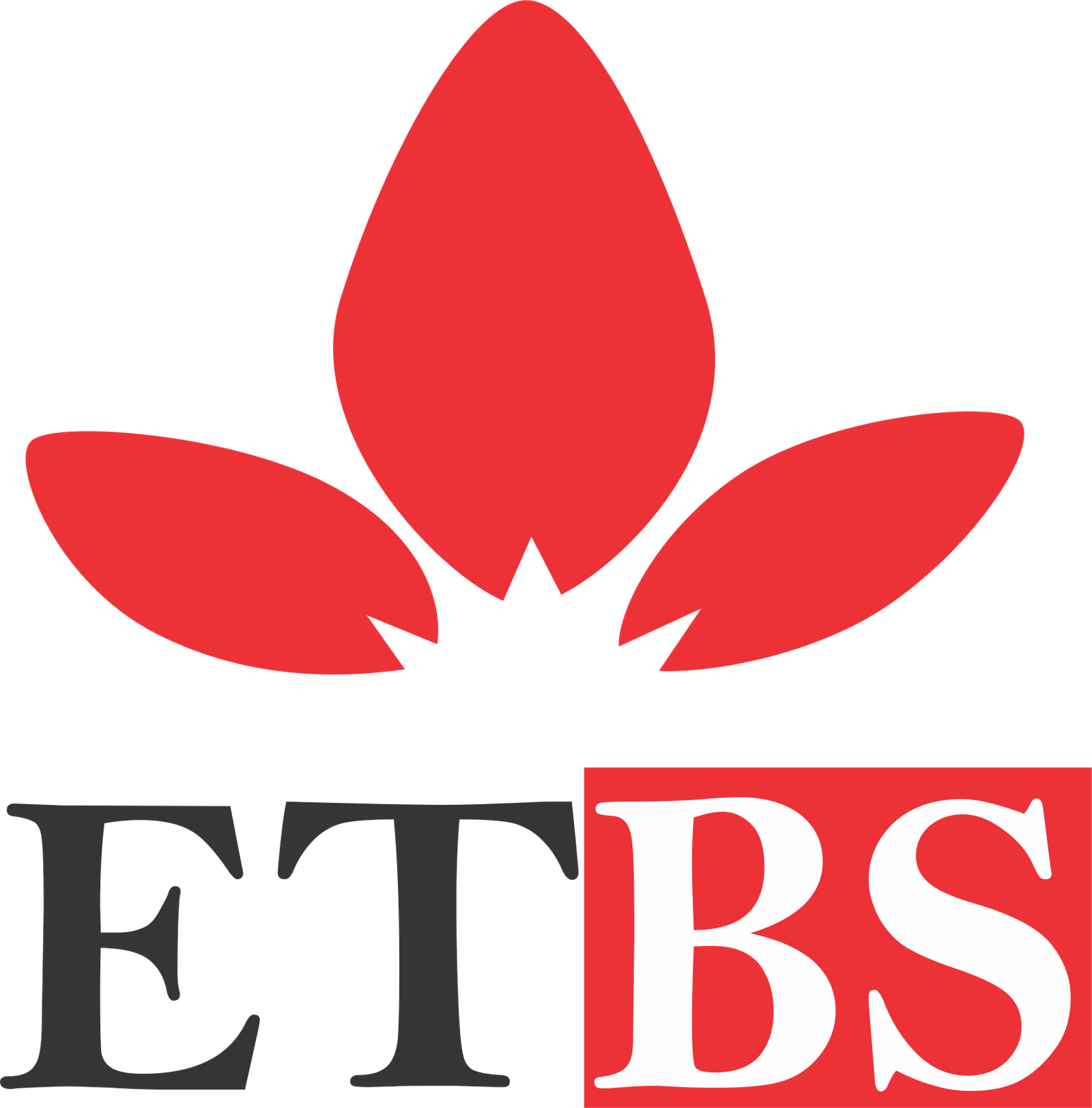 EarthTab Business School
EarthTab Business School
☰
|

WHY THIS COURSE MATTERS: Hello and welcome to EarthTab business school. My name is Patrick Nzita, and i will be your preceptor for the course Designing Art Portfolios Online. In the modern creative economy, your online art portfolio is not just a digital album, it is a strategic tool, a living resume, a sales pitch, and an autobiography told through visuals. It is how you introduce yourself to the world without speaking a word. It is how curators, clients, employers, and educators decide whether you are worth a closer look. As traditional boundaries of geography, time, and access dissolve, every artist today has the potential to build a global audience and a professional presence online. Yet, many creative minds are unsure how to transition from raw talent to presentable presence. This course bridges that gap by transforming your artistic passion into an organized, intentional, and visually captivating portfolio that communicates value, growth, and vision. COURSE PHILOSOPHY: We believe that: Art is not just made to be created, but also to be seen, understood, and valued. A portfolio is not just a container of works, it is a creative product itself. Your portfolio should reflect not only what you’ve done but also what you stand for, how you think, and where you're going. To equip artists with the full toolkit needed to: Create a powerful online portfolio that is strategically structured, aesthetically aligned, user-friendly, and professionally polished. Translate artistic creativity into digital storytelling that influences and inspires. Understand the technical, visual, and branding principles behind designing a standout portfolio website or page. You’ll learn the psychology of curation, how to organize chaos. Artists often have years of scattered works. You’ll discover how to select, sequence, and theme your best pieces, and how to let weaker works go. This module is not just about showcasing your art, but about telling a coherent story through your selection. An online portfolio is not a neutral canvas. It must reflect your brand personality, from color schemes, logos, and layout to writing tone and visual rhythm. Whether you're edgy and raw or minimalist and refined, you'll learn to craft a brand presence that mirrors your essence. Whether you're using Behance, Wix, WordPress, Squarespace, Adobe Portfolio, Dribbble, or even Instagram as your main base, this course teaches how to: Choose the right platform based on your goals. Navigate templates and customization. Connect domains, add contact forms, link socials, and embed multimedia. You’ll learn to think like a UX designer: How do people move through a portfolio? Where should eyes land first? What causes fatigue, confusion, or delight? This includes principles like: White space and visual breathing room Font hierarchy Navigation intuitiveness Mobile vs desktop responsiveness Layout storytelling Many artists are visual thinkers, but words still matter, immensely. You’ll be guided to write: Compelling bios and artist statements Project stories (what inspired the work, what problems you solved) Captions that educate or inspire Professional introductions for agencies or potential clients This helps your portfolio be visually rich and emotionally articulate. Today’s audience craves transparency. Learn how to display process shots, sketches, time-lapse videos, and behind-the-scenes breakdowns. This builds trust, authority, and deeper appreciation from viewers, clients, and recruiters. Learn how to use tools like: Canva Pro (for mockups, banners, and branded visuals) Figma or Adobe XD (for interactive layouts) Notion or Trello (for planning and drafting structure) Google Analytics (to see who’s viewing your portfolio and from where) SEO isn’t just for blogs, it matters for portfolios too. Learn how to: Optimize images Use metadata and alt text Structure URLs Add keywords in your bio and project descriptions Even the most beautiful portfolio won’t succeed if it’s hidden. Learn strategies to: Promote via LinkedIn, Instagram, TikTok, and Twitter Pitch your work to publications or blogs Submit portfolios to online contests and directories Use portfolio links in email signatures, resumes, and digital business cards Art evolves, and so should your portfolio. Learn how to: Schedule reviews and updates Archive outdated projects A/B test new formats or layouts Collect user feedback and analytics data to improve the experience By the end of this course, you will have: A polished, online portfolio website ready for job applications, grants, freelance gigs, or art school A clear understanding of how to present yourself professionally A digital presence that attracts the right kind of attention The tools to update, promote, and grow your portfolio as your career evolves ✔ Emerging and professional artists I look forward to congratulating you upon completion of this course.COURSE OVERVIEW
COURSE PURPOSE:
WHAT THIS COURSE OFFERS
1. Comprehensive Curation Strategy
2. Visual Branding Identity for Artists
3. Mastery of Digital Platforms
4. Design Thinking + UX for Artists
5. Writing That Makes Your Art Speak Louder
6. Showcasing Process, Not Just Product
7. Digital Tools for Portfolio Creation
8. SEO & Discoverability
This makes your portfolio show up in search engines like Google or Bing when someone searches "female Nigerian illustrator" or "motion graphics artist in Benin."9. Promotion and Outreach
10. Maintenance and Evolution
OUTCOMES OF THE COURSE:
WHO THIS COURSE IS FOR:
✔ Illustrators, animators, and graphic designers
✔ Digital painters and concept artists
✔ UX/UI designers building case studies
✔ Photographers and creative freelancers
✔ Anyone applying for design/art school
✔ Creatives building a brand identity
✔ Anyone seeking to be taken more seriously in the digital space

Unlocking Professional Potential through world-class assessments and industry-ready training.
"Empowering Professionals through practical, accessible online business education"
- Blessing Princess Agho
 Founder/Lead Instructor
Founder/Lead Instructor